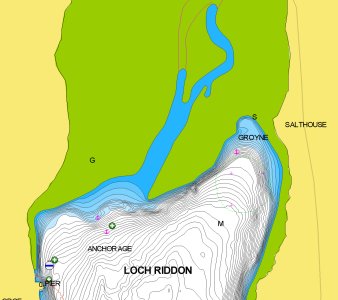bikedaft
Well-Known Member
sssssh!Many of our favourite anchorages have been in locations (usually deserted) where anchoring is difficult for some particular reason. The location may have a poor substrate, a severe downslope, or is deep limiting the available scope that can be deployed etc etc. Invariably, we will have the place such as this to ourselves even in very busy cruising grounds such as the Mediterranean or the Caribbean. Bliss.
Of course when we have been cruising quieter areas such as the west coast of Ireland or the outer Hebrides there is little need to avoid popular locations, but the ability to use more challenging locations that are not "recognised anchorages" opens up many more possibilities, some of which are the most beautiful.
Modern anchoring gear has improved enormously. Not only do we have much better anchors that work well in diverse substrates, but we have powerful and reliable electric anchor winches that enable large anchors to be easily handled by a small crew. These two improvements have opened up many locations that were previously untenable, especially when contemplating anchoring overnight. Strangely, few cruisers have taken advantage of these improvements and will only use "recognised anchorages".
It is a pity they miss out on some fantastic locations.

